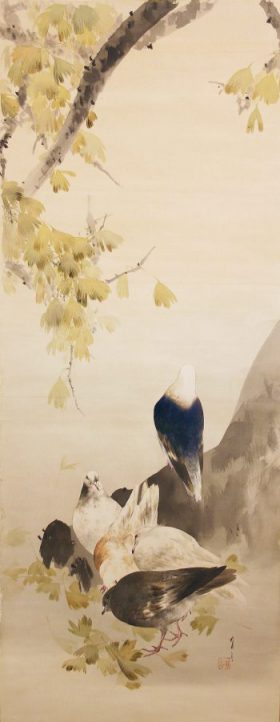02 Meditations:
Issa haiku…
… the one that catches my attention this morning is about being under a cherry tree and finding it strange to be alive… cherry blossoms are valued in Japan for there ephemeral nature, flowering briefly and gloriously, gone too soon1… like life itself…
… Issa knows the lessons the cherry tree teaches, that life is brief and one needs to be alive to it… to find existence strange at any moment in time and space is being alive to it…
… this will be a bit of a non sequitur, but in the film Black Widow, the theme of family is the unifying good… family of Avengers, family, even make believe family, of Russian spies… family transcends everything…
… i find in literature and life, again and again, that what is truly important are the simple things… home, family, being alive to nature and life… all these things can be had and enjoyed for free (or little cost) as long as basic necessities are met… we are constantly being distracted from these core simple things, especially by the consumer culture we live in, where things upon things are the symbol of a good life… even as aware of this as i am, i struggle to execute, have never gotten close to centering my life around the simple pleasures…
… family is a particular challenge for me… my birth family is difficult and scattered to three of the four corners of the continent, my in law family is a good one, but not the family i grew up with… i have never had children, just wife, dogs and cats, which do teach me many things, including the brevity of life…
… as i write this, an epiphany of sorts… living well along the lines of simple pleasures is anti-market, anti-capitalist… it’s generally anti most forms of economic organization… it is rigorously repressed as a way to conduct one’s life…




